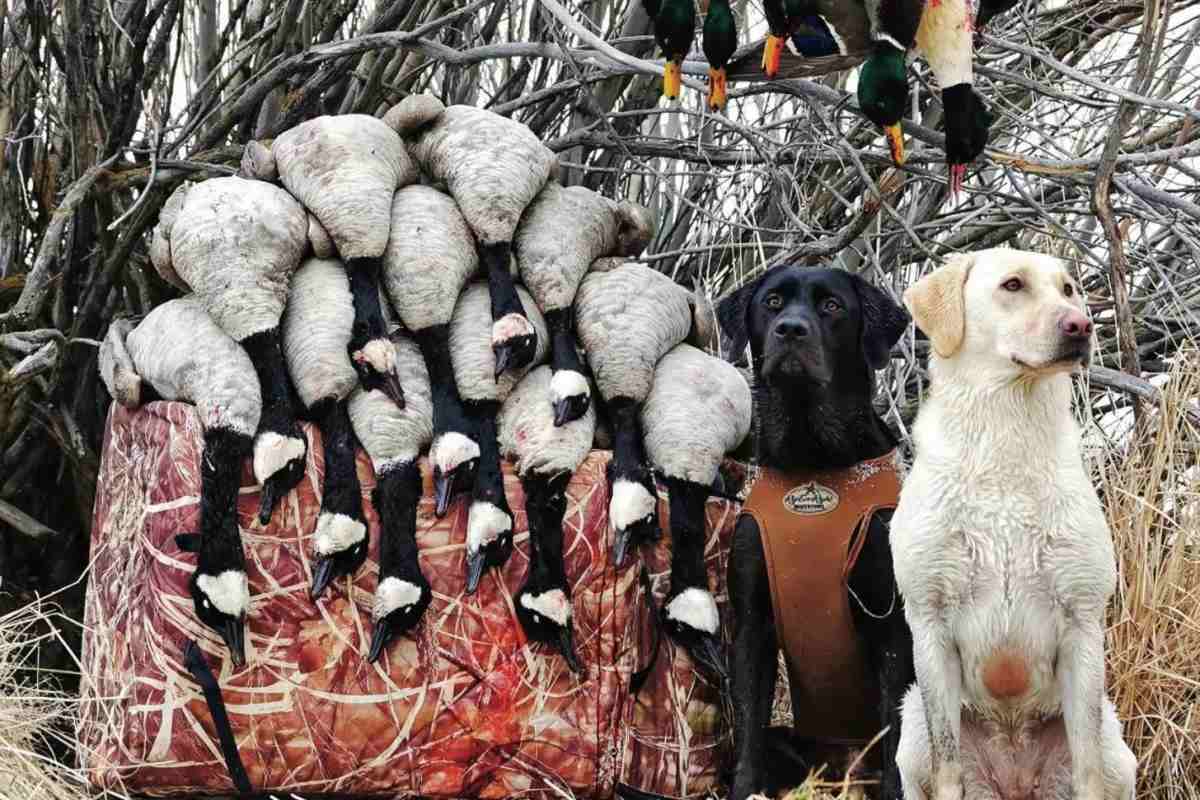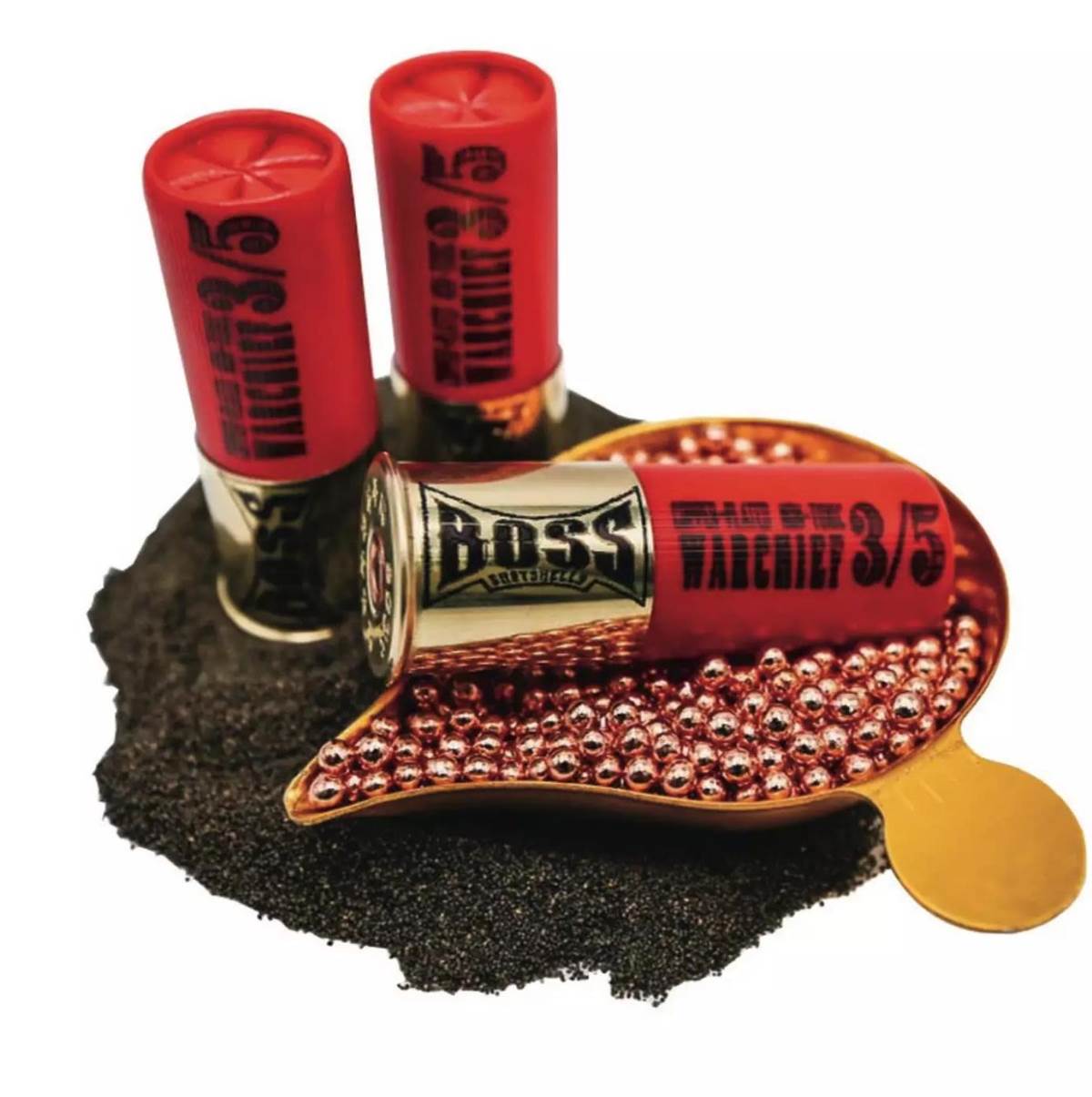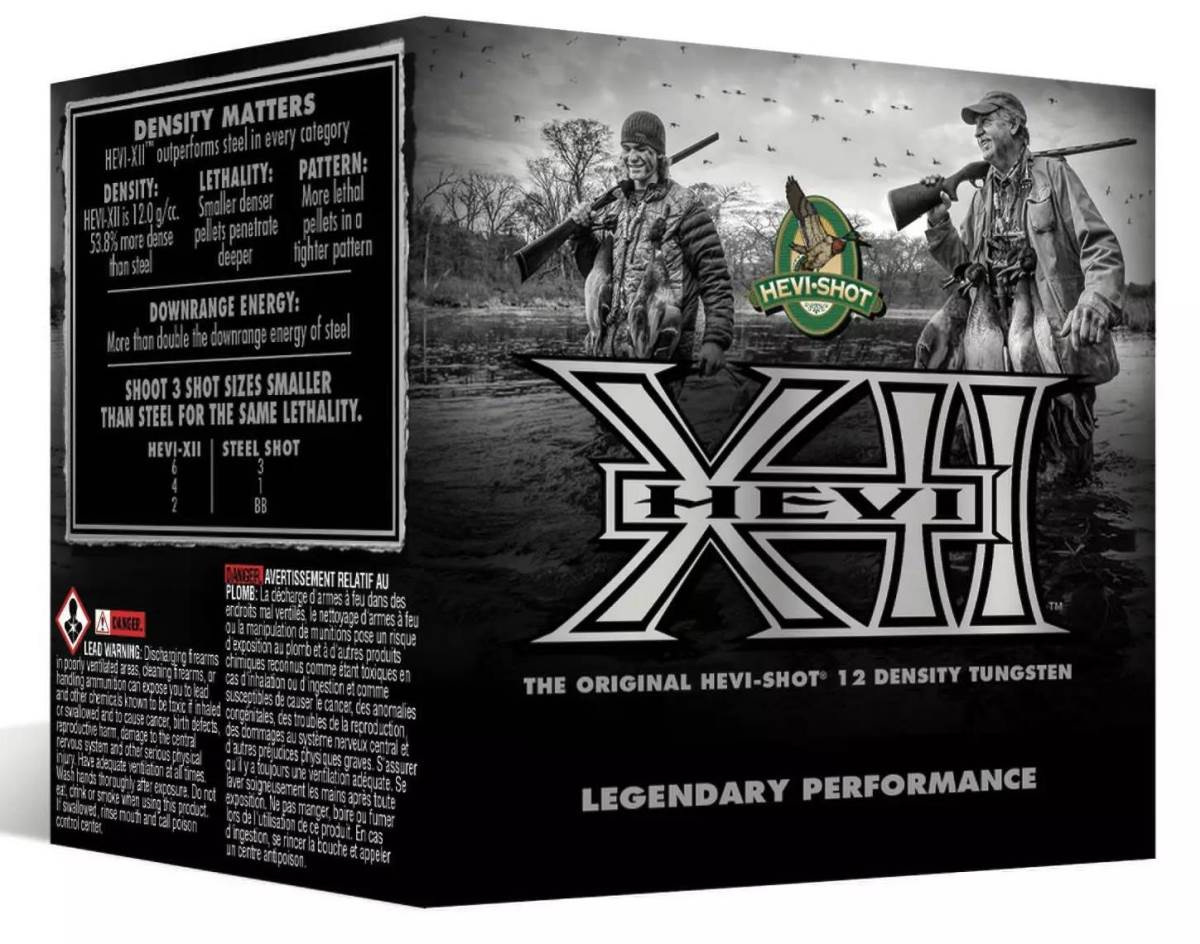
(Photo courtesy of WILDFOWL Magazine)
Growing up, my waterfowl hunting consisted of pass shooting high-flying fowl along the countless miles of marsh that penetrate the Great Salt Lake. I understand now that pass shooting is looked down upon by waterfowl purists, but I didn’t know any better, nor did I have the funds to purchase decoys. Hell, I could barely afford to fill up my truck and buy a box or two of shells. However, one thing is certain—the time spent in the marsh during my teenage years kindled the hunting flame that now consumes the majority of my time, thoughts, and energy. All waterfowl hunting accelerated my proficiency with a scattergun, and before too long, I was regularly bagging limits of ducks with the cheapest steel loads I could find.
Geese on the other hand, were an entirely different story. Despite my best efforts and many futile attempts, the geese flying overhead always escaped unscathed. It wasn’t until several years later that I found myself belly crawling through steaming manure mixed with pasty mud that I finally bagged my first goose. Yes, I know, another frowned-upon tactic. But you couldn’t wipe the smile off my face as I trudged back to the truck covered head to toe in cow $%!# with my first honker in tow. Fast forward 15 years, and my tactics for hunting geese have drastically changed, as has my success. Late-season honkers come through my corner of the world in droves, and chasing these wary migrators is something I look forward to every season.
Hindsight is 20/20, and looking back now, it is easy to see why I struggled to bag my first goose for so many years. The first and most obvious struggle was self-induced as I repeatedly “peppered” geese flying overhead with a cheap 2 ¾ inch #4 shot payload. The best shot size for tackling honkers has been a heated topic of blind banter for decades. However, most goose hunters agree that it takes larger shot sizes to penetrate the dense, armor-like down feathers and break the bones of a hefty gander. “My go-to for 95% of my goose hunting is a 3-inch Blindside BB load,” said Co-Host of RNT-V, World Goose Calling Champion, and goose assassin Shawn Stahl. Larger shot creates slightly bigger wound channels but more importantly, they maintain greater velocity and necessary downrange energy to deliver terminal results on the biggest fowl in the sky.
Thanks to modern shotshell advancements, there has never been a greater time to be a goose hunter. Cutting-edge technology and innovations have created a smorgasbord of deadly, non-toxic loads, ideal for bringing down fowl of all shapes and sizes. The current craze in the waterfowl world, and with good reason, is the onslaught of devastating non-toxic shotshells loaded with tungsten and bismuth. These premium waterfowl loads deliver unmatched pattern densities and catastrophic terminal performance, knocking birds out of the sky with absolute authority. Unfortunately, premium performance comes at a premium price and these loads are often double the cost or more than a standard steel load.
But do not fret. While these premium shotshells are often the focus, manufacturers have made leaps and bounds in the effectiveness of traditional steel loads, many of which are more than capable of bringing down a stubborn goose. Understanding the pros and cons of shot size, downrange energy, and pattern densities is the key to maximizing your effectiveness in the goose blind.
While not an all-inclusive list, below are some of my favorite and proven deadly goose loads.
The trick to finding a killer goose load is identifying the ultimate combination of pattern density, downrange energy, and effective shot size for your goose hunting adventures. Depending on what species of goose you are hunting and the tactics you employ, the “perfect goose load” will vary but the basics remain the same. Do your homework and the results will speak for themselves next time you find yourself under a cupped, dirty dozen of honkers tumbling into your spread. Take em’!
Boss Shotshells

Boss Shotshells entered the premium non-toxic shotshell arena guns-a-blazing in 2018 with the launch of their copper-plated bismuth loads. Since then, their footprint on the waterfowl industry has not gone unnoticed as they continue to push the envelope and manufacture fowl-crushing loads at affordable prices. The increased density of bismuth also allows waterfowlers to drop down a shot size or two, making any of Boss’s shotshells loaded with #2 or #3 plated bismuth pellets absolutely deadly on incoming honkers. $39 per box of 20
Kent Fasteel+

Kent Cartridge’s new Fasteel+ shotshells represent the next generation in the proven Fasteel line. The science behind the layered payload provides hunters with tighter patterns and better downrange energy, which are essential when shooting geese. The Fasteel+ BB & #2 payload is guaranteed to end the migration on decoying geese as well as extend your effective range. Starting at $28 per box of 25
HEVI-Shot HEVI-XII

No column about murderous goose loads is complete without a mention of HEVI-Shot’s HEVI-XII. Loaded with 12g/cc HEVI-Shot tungsten pellets, HEVI-XII hits geese with a powerful blow that kills on impact and is guaranteed to crack a smirk of satisfaction. Hevi-XII is offered in 12-, 20-, and 28-gauge offerings, all of which will get the job done in the goose blind. I have seen hundreds of honkers succumb to the devastating impact of a HEVI-XII 3-inch #2 shot payload fired from my trusty 12-gauge Benelli Super Black Eagle over the past several years. $84 per box of 25
Fiocchi Golden Goose

Fiocchi’s Golden Goose line optimizes velocities and pattern densities to produce a proven deadly shotshell for serious goose hunters. The Golden Goose line offers a wide range of plated steel shot sizes ranging from #2 shot all the way up to T shot to deliver terminal downrange performance across a wide range of goose hunting scenarios. Whether you are hunting lesser geese in the Midwest or late-season giants, Fiocchi’s Golden Goose line is a staple in the goose blind. $36 per box of 25
Winchester Bismuth

Winchester’s Bismuth load is the culmination of decades of technology and innovation from the ammunition giant. Winchester incorporated a proprietary buffer into the bismuth payload that not only aids in keeping the bismuth pellets intact but also tightens patterns by up to 50% compared to other non-buffered bismuth shotshells. Loaded with #1 shot, Winchester’s Bismuth loads wreak absolute havoc on geese. $50 per box of 25
Apex Ammunition TSS/S3

We have been happily blown away by this lethal blend, and surprised that just a 1/4 ounce of TSS can make such an impact. Waterfowl hunting has many variables, your shotshell should be the constant. Making the best patterning cartridge is the foundation of Apex’s product design. Their TSS/S3 Steel blend ammunition combines their S3 Steel with the added knockdown power of their heralded Tungsten Super Shot (TSS). This “duplex” load includes 1/4 oz of TSS, to maximize pattern density and help eliminate cripples. From brant in Alaska to honkers backpedaling over the decoys, Apex will help you capitalize on that once-in-a-lifetime experience when it’s time to pull the trigger. Starting at $55






![Air gun 101: The differences between .177 & .22 – Which jobs they do best ? [Infographic]](https://airgunmaniac.com/wp-content/uploads/2020/09/g44-218x150.jpg)



































